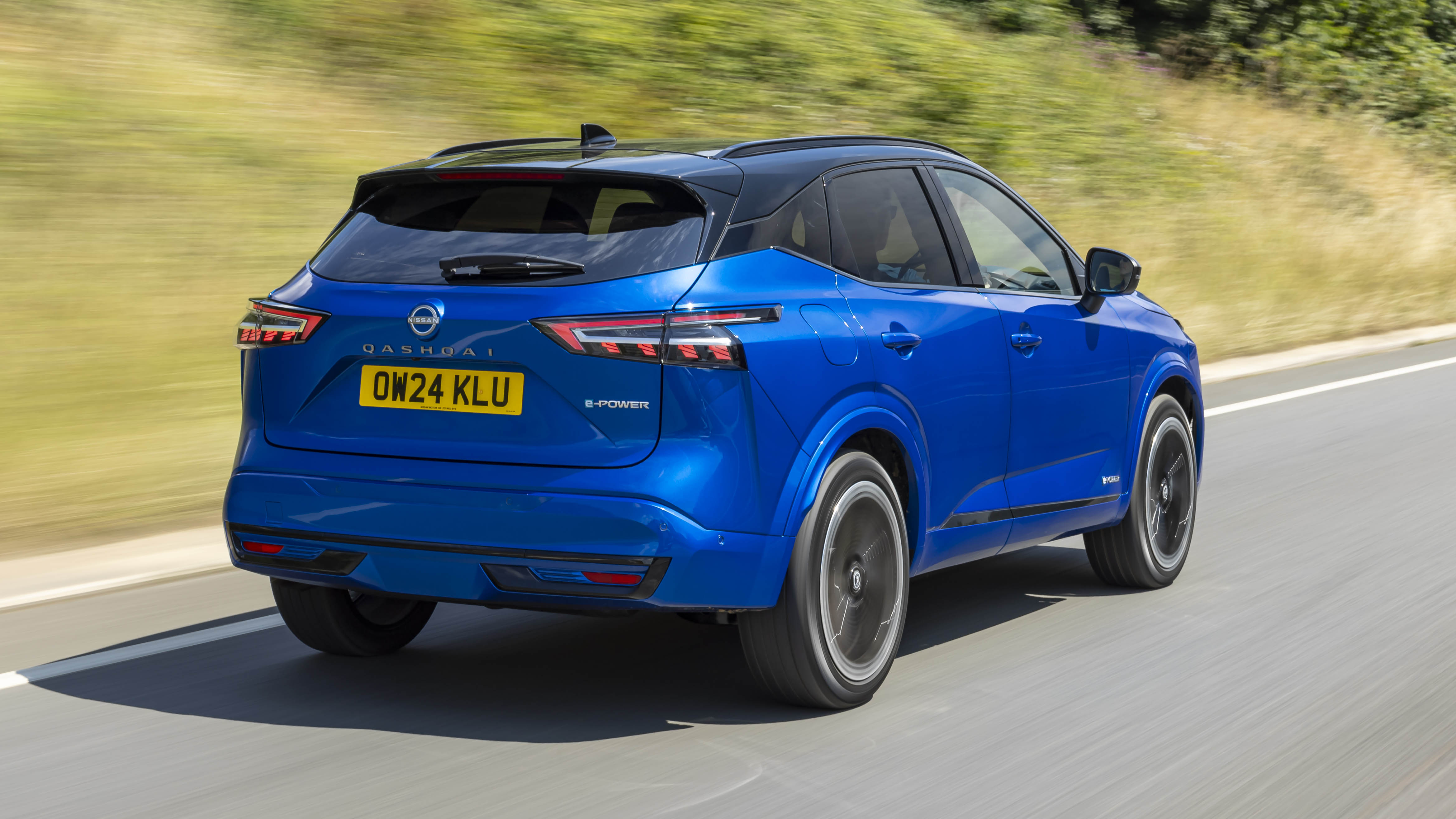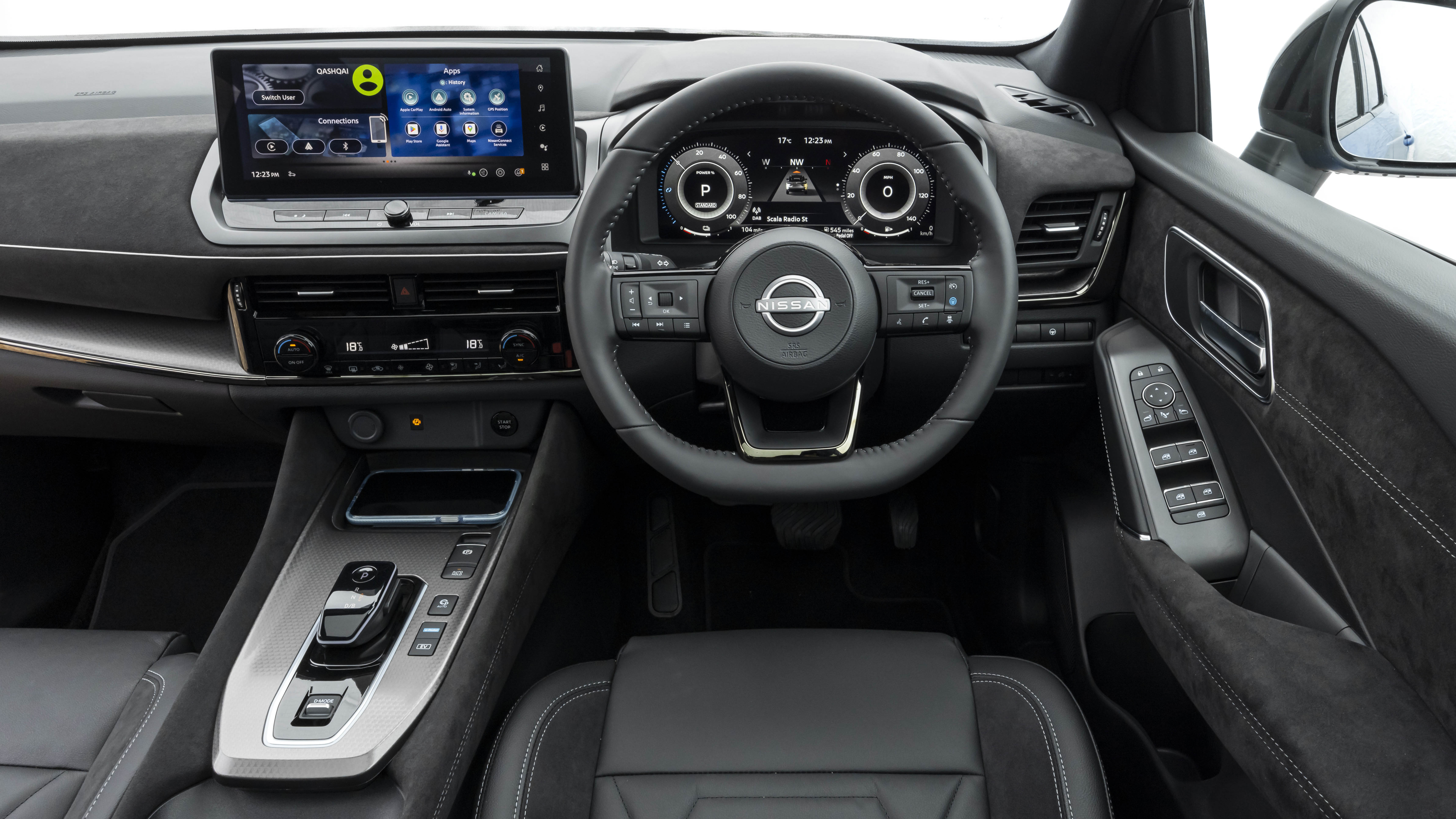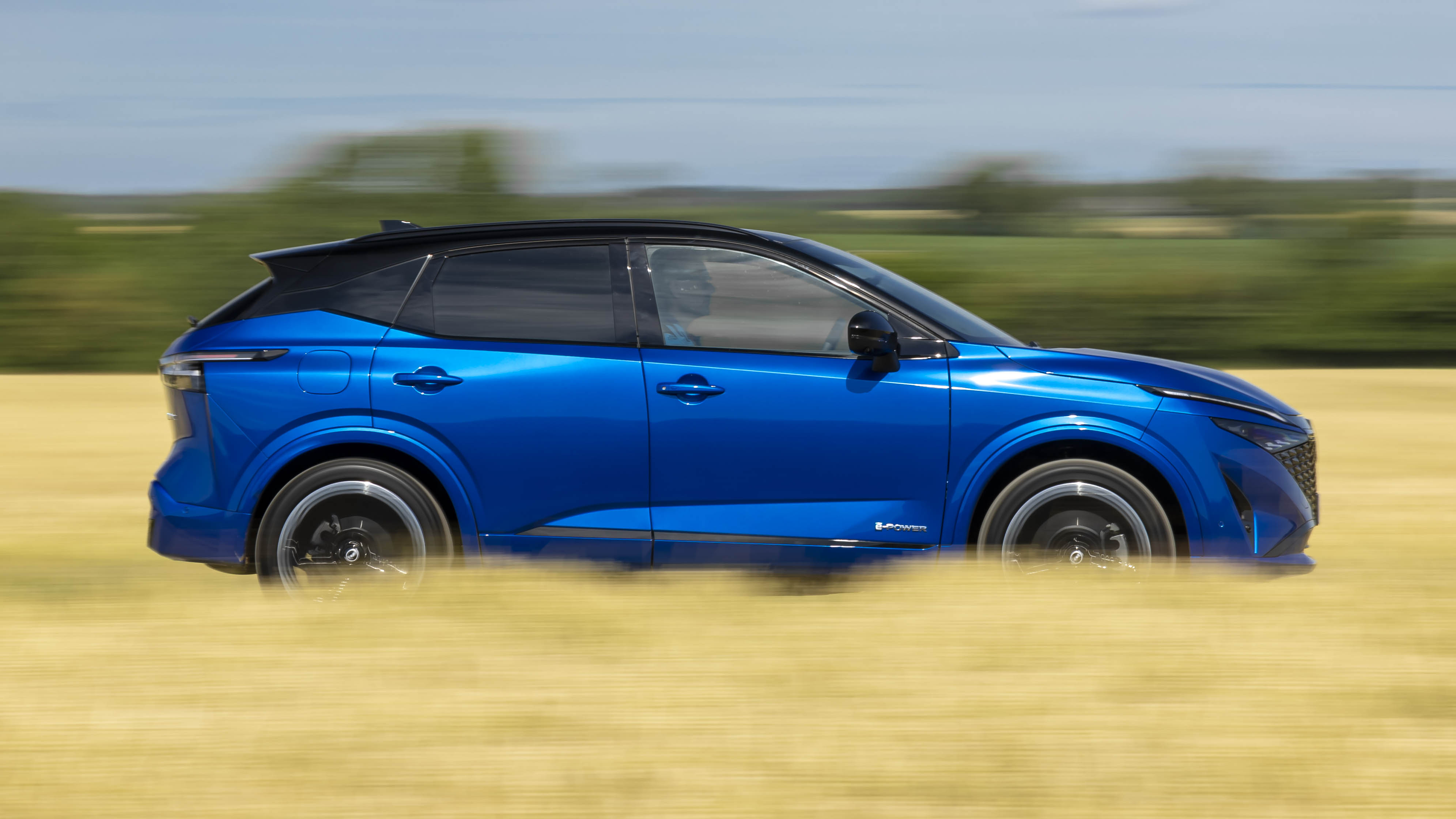
Interior
What is it like on the inside?
Improved. The most obvious thing is that the upper tiers now come with Alcantara wrappings for the inside (dash, door cards, centre console lid, knee pads), and there are new materials for the trim pieces. Seemingly simple stuff that actually makes a big difference. There are new materials for the seats (with partially quilted real or synthetic leather) on the more expensive ones, and the addition of 64 different colours of ambient lighting… which can change with the drive modes.
There’s enough space for five normal humans, and the boot is a decent 479 litres; at the smaller end of the scale for this size of car, but still good. Fold the seats down and you can get 1,415 litres measured to the roof, so very useable for family life.
What about that added tech stuff?
There’s a new Around View Monitor with a 3D function that uses eight cameras to give you a solid view around the car, including a ‘stood off’ perspective that allows you to scroll around the car and have a look about. Plus there’s that ‘invisible bonnet’ that projects your perspective to just behind the front wheels without anything in the way.
It’s all very nice, but to be honest TG has only ever used these kinds of functions in off-roaders while crawling through and over things, and it’s probably of marginal use in a small-ish SUV.
Of more use - and it really is useful - is the wide-angle front view which allows you to do a quick check from a blind junction without sticking the whole nose of the car out into the road. And you can store that view in the memory so that it automatically activates when it gets there. So, if it’s pulling out of your driveway or part of the regular commute, it pops on without asking.
Is the connectivity any good?
Google comes built-in with Nissan Connect this time around, so there’s plenty of the good stuff. Standard Google Maps with over-the-air updates, Google Assistant – which allows for voice control of some of the car’s functions – and Google Play, so you can download apps direct into the car. Then there’s an app of the sort that will be familiar to EV owners. You can lock and unlock the car, check the status, where you’ve parked it, close the windows or even track it if it gets nicked. It’s all useful stuff and the addition of Google tech means this is way better than Nissan’s old system.
Anything else?
There’s also great news if you like proper buttons and switches, because Nissan has resisted the temptation to ditch the physical climate controls and drive mode toggles. It could have put all of that into the 12.3-inch central touchscreen, but instead it keeps a proper climate control panel and actual toggles down by the drive selector. Very sensible.
Featured







